Your bags are packed, and you’re ready for that long-awaited airplane trip. Everything’s checked off of your list, and then you remember – you need headphones.
But wait, you have Bluetooth headphones. Can you use Bluetooth on a plane?
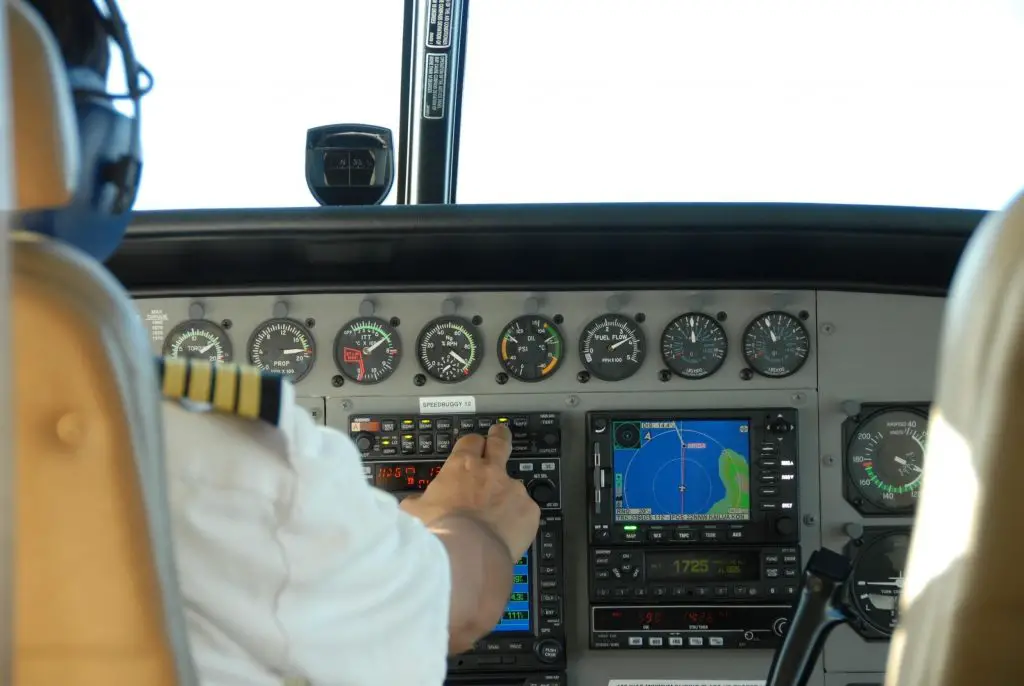
Photo by The Honest Company on Unsplash
You think the answer is quick and easy, but think again. Portable Electronic Device (PED) restrictions vary by carrier and can change at any time.
So it’s important to know what the rules are before you plan on using your Bluetooth devices on an airplane.
As a general rule, PED’s have to be the size of your smartphone or smaller. And they must be able to function in Airplane Mode. Cellular data is not allowed on most flights.
I’ll break everything down for you so you can plan your trip with ease.
I’ve dug through all the regulations, so you don’t have to. Everything you need to know before you plan your next trip is right here.
Contents
- Why Airlines are Fussy About Bluetooth
- Can You Use Bluetooth Headphones on A Plane?
- Can I use AirPods on a plane?
- Can you use noise-canceling headphones on a plane?
- Beware of battery restrictions.
- Will my Bluetooth headphones work with the airline’s entertainment?
- How To Handle Airport Security and Your Headphones
- How To Use Bluetooth In Airplane Mode
- Rules Change So Know Before You Go
- Finish Packing Now That You’re Bluetooth Ready
Why Airlines are Fussy About Bluetooth
Wireless interference is the primary reason the Federal Communications Commission (FCC) and the European Union Aviation Safety Agency (EASA) restricts PED usage during flights.
However, the Federal Aviation Administration (FAA) lets individual airlines decide if and how you can use portable devices.
Most airlines allow usage of these devices but with limitations. We’ll explore specific airline regulations later.
The belief is that navigation and communication systems run a risk of being compromised during travel. The pilot must be able to communicate with air traffic control without interference.
It’s also critical for aircraft instrumentation to work correctly, and some studies have identified PED usage to cause anomalies in cockpit controls.
You’ve probably experienced wireless interference at some point while using your cell phone or other Bluetooth devices.
Can you think of an instance you had several people on your network at the same time? Did your connectivity slow down or bump you off?
Have you ever had your Bluetooth mouse pointer randomly jump all over your computer screen? These are just a few examples of WiFi interference.
And, why it’s a safety concern airlines must manage tightly.
Not to mention the social behaviors that often accompany device usage. On a flight, you can’t excuse yourself and go into another room to take a call or listen to your music.
Your surrounding neighbors might not appreciate your love of heavy metal bands. Or your habit of talking on the phone to everyone you know while in public.
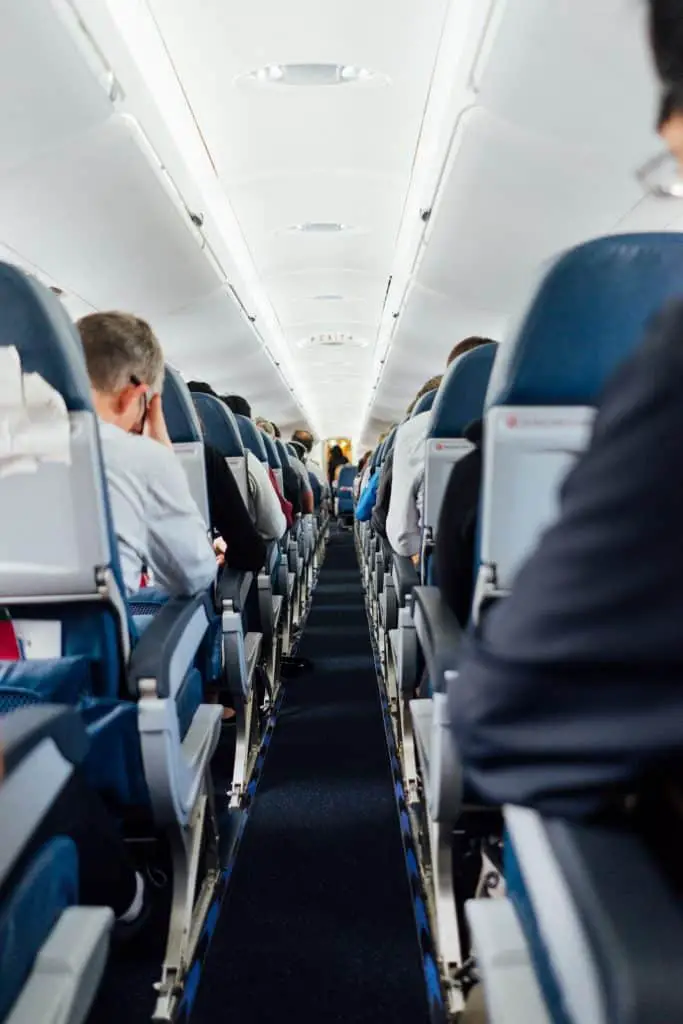
Photo by Hanson Lu on Unsplash
Limiting device usage can be an incredible inconvenience for people. You want to be able to work while you travel, have a distraction from other passengers’ annoying behaviors, or calm your fear-of-flying nerves.
The best way to do that is by using your Bluetooth headphones.
Most airlines have specific and strict regulations controlling or prohibiting this activity.
But, there are some things you can do to prepare for these restrictions that won’t cause an airplane catastrophe, get you banned from flying, or create tension with your neighboring travelers.
Lets first find out if your Bluetooth headphones are allowed on an airplane.
Can You Use Bluetooth Headphones on A Plane?

Photo by Anubhav Arora on Unsplash
Yes, you can use your Bluetooth headphones on a plane. But usage restrictions vary by airline.
There’s a lot to know, so let’s start with the type of Bluetooth headphones you can use.
Bluetooth headphones are permitted, but over-the-ear versions can be no larger than a smartphone when folded up on most flights.
Can I use AirPods on a plane?
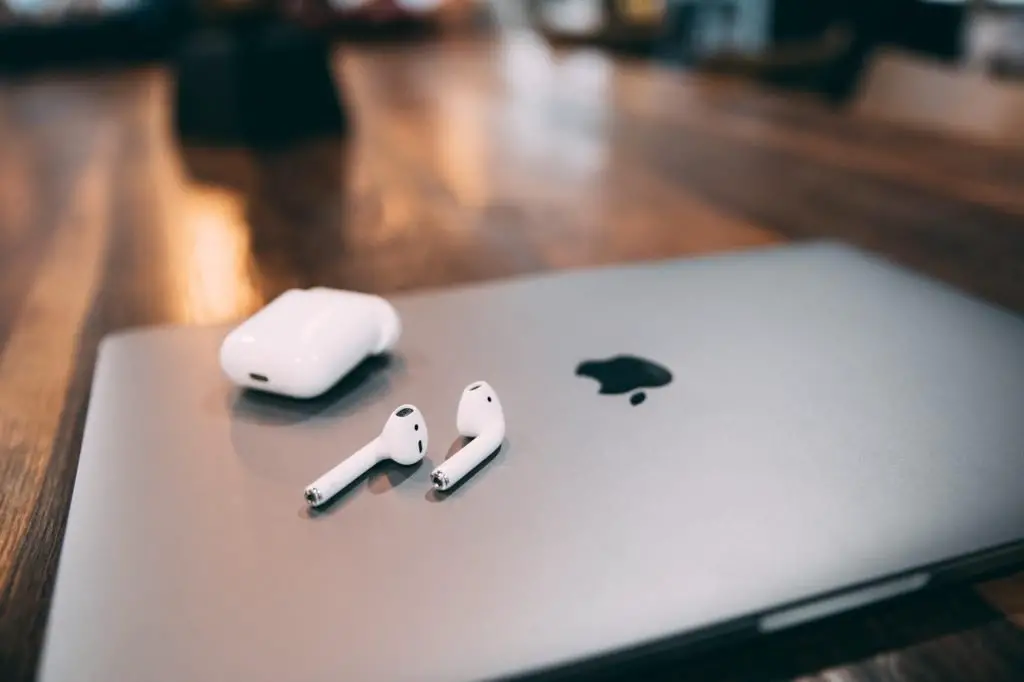
Photo by KAL VISUALS on Unsplash
Yes. There appear to be no regulations restricting the use of AirPods that I can find. However, you’ll need to use an adapter if you want to utilize the airline’s entertainment option.
Can you use noise-canceling headphones on a plane?
Yes, but size matters. As stated earlier, your device can be no larger than the size of a smartphone when folded up on most flights.
Beware of battery restrictions.
Since most Bluetooth headphones use lithium batteries, you likely want to bring extra batteries just in case. But beware there are restrictions on types of batteries you can put in your carry-on luggage.
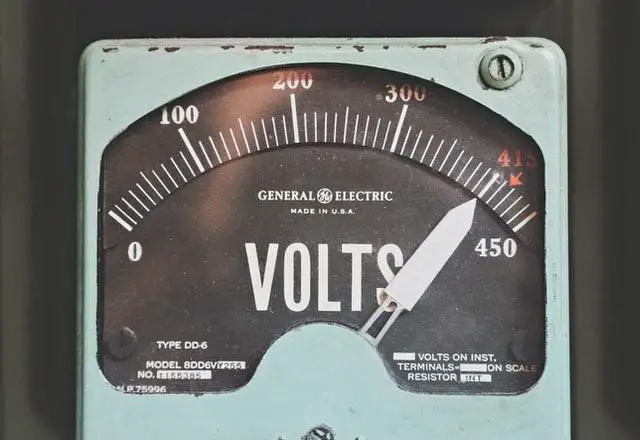
Photo by Thomas Kelley on Unsplash
You can’t have more than a 100-watt hour, lithium-ion batteries in carry-on luggage. For specific restrictions, check out the Transportation Security Administration (TSA) website here.
Know before you go because some batteries are prohibited.
As an example, Air Transat, Canada’s third-largest airline, states that anything exceeding 160 Wh in a device is not permitted, including the device containing the battery.
Will my Bluetooth headphones work with the airline’s entertainment?
Some airlines provide headphones for free, but they aren’t always good quality and not suited for the folks that appreciate excellent-sounding Bluetooth headphones.
Some airlines have headphones available to purchase. Again, in some cases they aren’t the best quality. But at least you can listen – better than nothing.
You can use your own headphones, but there may be limitations. You’ll want to pick up an airline headphone adapter.
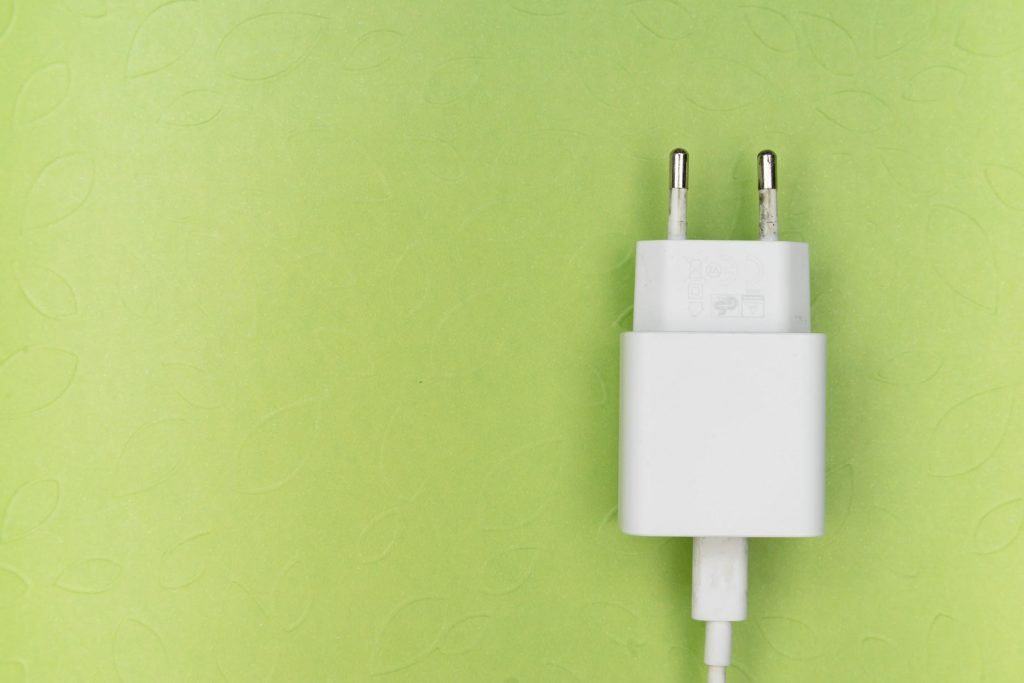
Photo by Markus Winkler on Unsplash
It will convert a one-pin headphone jack into a two-pin socket. Many airlines still have this type of connection.
AirPods will require a dongle, which is a device used to connect wireless or broadband.
My suggestion is to pick up a long-battery life device or ensure you can charge your device. You’ll want to bring along an extra pair of regular cabled earbuds just in case.
Extra earbuds are always a good idea, no matter what type of headphones you prefer to use. You never know when you might need them.
Be sure and have the appropriate adapters. They are reasonably priced and easy to find. It’s better to be safe than sorry.
Later on, I’ll give you some tips on how to use adapters and Bluetooth in Airplane or Flight Mode.
The bottom line is you can use Bluetooth headphones on an airplane, but check the airline site before you go.
What Top Airlines Have to Say About Bluetooth On A Plane
All airlines require PED’s to be used in Airplane Mode. Some airlines restrict PED use during takeoff and landing. Some airlines won’t allow device usage below 10,000 feet.
I’ve pulled the top 20 airlines in North America and the top 20 airlines in the World for you. The following list shows you which of these airlines are Bluetooth Friendly and what regulations are required by each airline.
| Top Airlines In North America | Bluetooth Friendly | Additional Regulations |
| Air Canada | Yes | Use at 10,000 feet only. The battery must beremovable. |
| jetBlue Airways | Yes | None Specified |
| Delta Air Lines | Yes | None Specified |
| Southwest Airlines | Yes | None Specified |
| Alaska Airlines | Yes | Small electronic devices and short-range Bluetooth accessories are prohibited from use below 10,000 feet. And must be turned off and stowed during takeoff and landing in and out of Mexico. |
| WestJet | Yes | Headphones must be taken off during safety demonstrations. |
| Air Transat | Yes | Any device exceeding 160 Wh battery is prohibited. |
| United Airlines | Yes | Within the US may be used in airplane mode at any time. Between the US and international locations not permitted during takeoff and landing. Outside of the US allowed only above 10,000 feet. |
| American Airlines | Yes | Must be removed during security announcements and safety demonstrations. |
| Porter Airlines | Yes | Can’t be used during takeoff or landing. |
| Spirit Airlines | Yes | Small devices, less than 2lbs, can be used during all phases of the flight, including taxi, takeoff, and landing. Larger devices, such as laptops, can only be used above 10,000 feet after flight attendants announce it is safe to use them. All flights operating outside of the US do not allow PED use below 10,000 feet. |
| Aeromexico | Yes | May not be used during takeoff and landing. |
| Frontier Airlines | Yes | Can be used during all phases of the flight. |
| Volaris | Yes | Cannot be used during takeoff or landing. |
| Interjet | Yes | May be used during all phases of flight. |
| Allegiant Air | Yes | May be used during all phases of flight. |
| Hawaiian Airlines | Yes | May be used when instructed by a flight attendant. |
| VivaAerobus | Yes | Must be turned off when the flight crew tells you to do so. |
| Sun Country Airlines | Yes | May be used during all phases of flight. |
| Sunwing Airlines | Yes | No specific regulations listed. |
| Top Airlines In The World | Bluetooth Friendly | Additional Regulations |
| Qatar Airways | Yes | Permitted use above 10,000 feet. |
| Singapore Airlines | Yes | None specified |
| ANA AII Nippon Airways | Yes | May be used during the entire flight, takeoff, and landing. |
| Cathay Pacific Airways | Yes | Small PED’s may be used in Airplane Mode during all phases of flight. On A350 flights, WiFi and Bluetooth can be turned on when the “No Mobile Sign” is off. Larger devices such as laptops and notebooks must be turned off and stowed during takeoff and landing. |
| Emirates | Yes | Use is permitted in Airplane/Flight mode only. Emirates free WiFi can be used but not during taxi, takeoff, approach, and landing. |
| EVA Air | Yes | Small PED’s weighing less than 1 kg may operate in Airplane/Flight Mode during all phases of flight. Larger PED’s weighing more than 1 kg may only be operated above 10,000 feet and shut off and stowed during takeoff and landing. |
| Hainan Airlines | Yes | Small PED’s may be used during the flight at any time in Airplane Mode. Larger PED’s must be turned off and stowed during takeoff and landing. |
| Qantas Airways | Yes | Limited to 15 PED’s per passenger. May only be used in Airplane or Flight Mode during all phases of flight. |
| Lufthansa | Yes | May be used during the entire flight in Airplane Mode Only. |
| Thai Airways | Yes | May only be used in Airplane Mode, and 15 minutes after takeoff until the seatbelt sign is turned on before landing. Any device that is suspected of interfering with flight operations will be prohibited. |
| Japan Airlines | Yes | Must operate only in Flight or Airplane Mode and must be turned off when Flight Attendants instruct to do so. Those who do not comply may be subject to a fine of up to 500,000 yen. |
| Garuda Indonesia | Yes | None specified |
| Swiss International Air Lines | Yes | Small PED’s may be used during the flight at any time in Airplane mode. Larger PED’s must be turned off and stowed during takeoff and landing. |
| China Southern Airlines | Yes | None specified |
| Austrian Airlines | Yes | None specified |
| Air New Zealand | Yes | May be used during all phases of flight in Airplane Mode. |
| Bangkok Airways | Yes | None specified |
| KLM Royal Dutch Airlines | Yes | Allowed during all phases of flight. |
| British Airways | Yes | May not be used during taxiing, takeoff, or landing. |
| AirAsia | Yes | Small PED’s may be used in Airplane Mode during all phases of flight. Larger devices such as laptops and notebooks must be turned off and stowed during takeoff and landing. |
Now that you know you can use your Bluetooth headphones on a plane, you need to prepare yourself for getting through the security checkpoint in the airport.
How To Handle Airport Security and Your Headphones
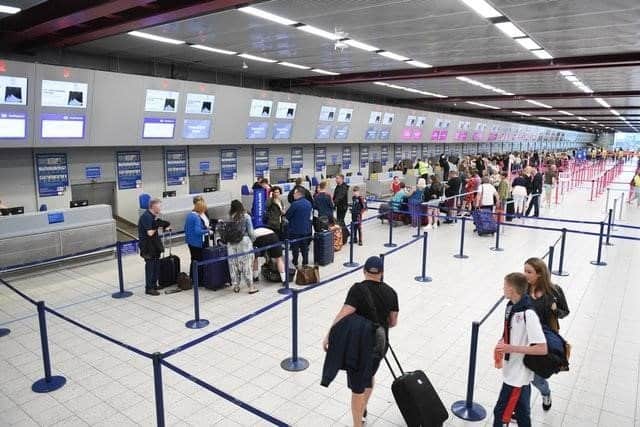
Photo by Phil Mosley on Unsplash
The Transportation Security Administration (TSA) has specific regulations for screening electronics. They recommend stowing PED’s in your carry-on bags where they can easily be accessed during screening.
If you check bags that have your PED’s in them, you’ll want to pick up a TSA compliant lock to ensure thieves can’t access your belongings.
If you’re packing your PED’s in a carry-on bag, you’ll need to keep anything larger than a smartphone out so it can be screened separately.
You might be fortunate enough to partake in the TSA pre-check program. The cost is worth it if you travel a lot. It means you don’t have to unpack your PED’s and can slide right through security screening with ease. Check out the program here.
As I mentioned earlier, there are specific regulations for batteries so make sure you pull out any extra lithium batteries you might have considered packing in checked luggage and put them in your carry-on bag.
This also includes rechargeable batteries for laptops, cameras, and the like. You don’t want to give security any reason to search your checked bag or pull you aside for a more thorough check.
The point of preparing for your TSA screening is to avoid delays and issues getting your PED’s safely through the checkpoint.
TSA isn’t going to confiscate your Bluetooth devices as long as you follow the rules and don’t give them a reason to question your items.
Now that you’ve made it through security and you know what regulations to follow, can you use Bluetooth in Airplane Mode?
You can, but there are some things to consider.
How To Use Bluetooth In Airplane Mode
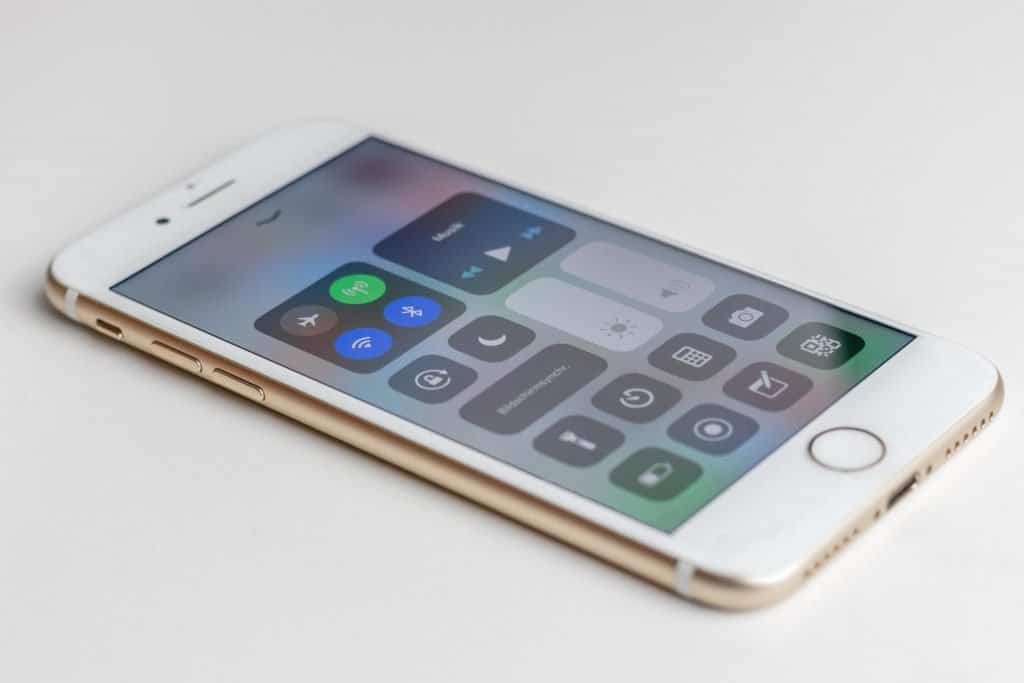
Photo by Sara Kurfeß on Unsplash
If you’re utilizing the in-flight entertainment, you’ll have to plug into the airline’s connection capabilities either through their provided WiFi or through an adapter for analog signal conversion.
If you’re lucky enough to fly with a carrier that offers an in-flight WiFi connection, you can simply use your phone or tablet’s Bluetooth to connect to the airline’s streaming content.
Airplane or Flight Mode won’t hinder your Bluetooth connection if you have a Bluetooth transmitter and adapter.
If you must connect through an audio jack, you’ll need to have a converter for a two-pin port or an appropriate audio cable for the single jack ports.
AirPods and AirPod Pro’s need a dongle adapter. The setup is pretty generic for most of these adapters.
1. Make sure your adapter is fully charged.
2. Do a long press of the button to engage pairing.
3. Put your headphones into pairing mode.
4. Wait until the blinking lights have synced properly.
5. Plug in your adapter, and you should be connected.
You may need to turn off Bluetooth on your laptop or smartphone to avoid your headphones trying to connect to them instead of the airline’s entertainment.
Ensure that your Bluetooth capability is turned on, and your Bluetooth headphones will connect as normal.
The key is knowing when and how you can connect once onboard the plane.
Rules Change So Know Before You Go
If you haven’t traveled since 2017, you will most likely be under the impression that you can’t use certain Bluetooth devices.
But, with growing pressure from the public and enhanced radio transmission capabilities, airlines have since updated their PED regulations.
In September of 2019, the FAA lifted many previously imposed restrictions that were in place for PED’s.
Even Emirates and Qatar Airways, which once prohibited the use of Bluetooth headphones for passengers traveling to the US, have now lifted that ban.
Sometimes changes in regulations occur because of global and national security events, which was the case after the 9/11 attack on the United States.

Photo by Aidan Bartos on Unsplash
Airlines have the autonomy and authority to make changes as they deem necessary to protect passengers when they travel.
Complying with rules makes travel more pleasant for everyone.
A little homework before you travel will help you avoid any undue stress and surprises.
Always check your airline carrier’s website for any updates and changes to allowable devices and usages.
Finish Packing Now That You’re Bluetooth Ready
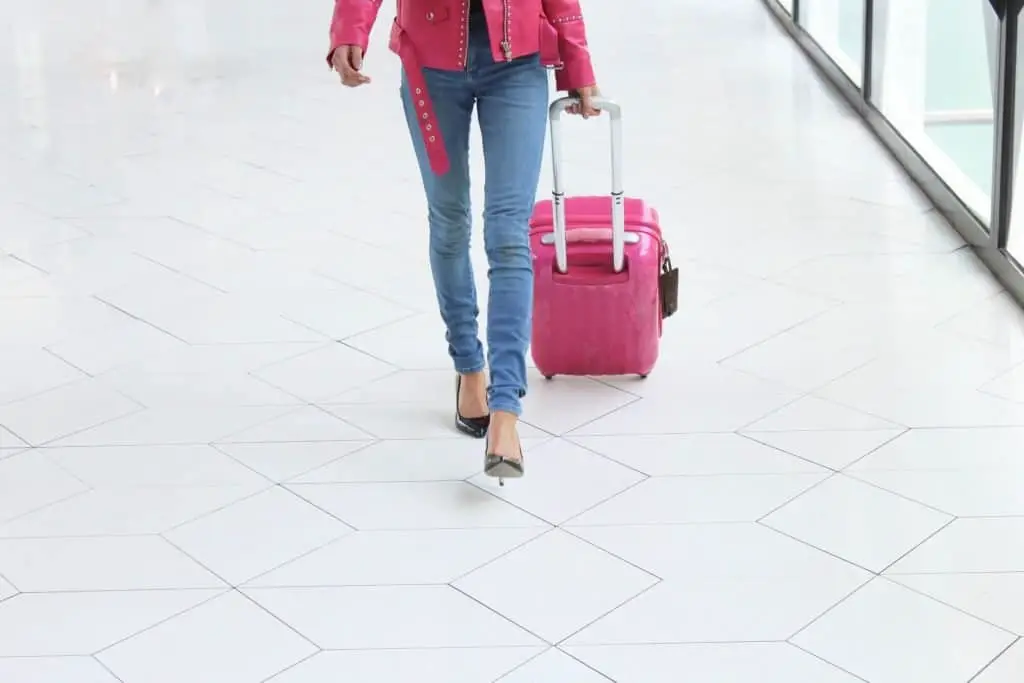
Photo by Gabrielle Henderson on Unsplash
You’ve got all the latest information you need to safely and efficiently use your Bluetooth devices on a plane. Let’s review a few simple action steps to take before you fly.
- Make sure you recheck the list of top airlines to know for sure what Bluetooth regulations your air carrier has in place. Double-check your airline’s website for any possible regulation changes.
- Check the TSA website for approved batteries and charging devices. Pick up the appropriate headphone adapters you need to ensure you can connect to all the entertainment you want to use. Here are some on Amazon.
- Pick up a TSA-approved lock for your checked bags if you’ll be packing your PED’s in them.
- Fully charge your devices so you can enjoy uninterrupted audio on your flight. Pack extra batteries just in case.
- Pack an extra pair of wired earbuds in the event your Bluetooth headphones can’t be used for some reason.
- Pack your carry-on devices in an easily accessible compartment so you can breeze through the security checkpoint.
The most important thing is to prepare and know before you go.
It means you’ll enjoy a stress-free flight with your Bluetooth devices.
Bon Voyage!
